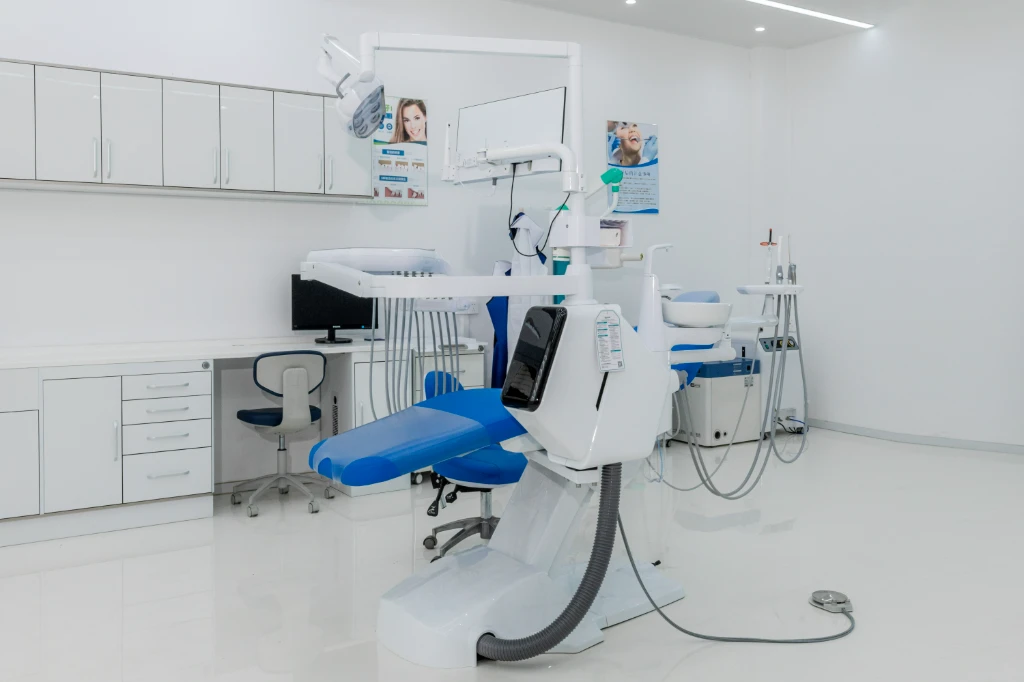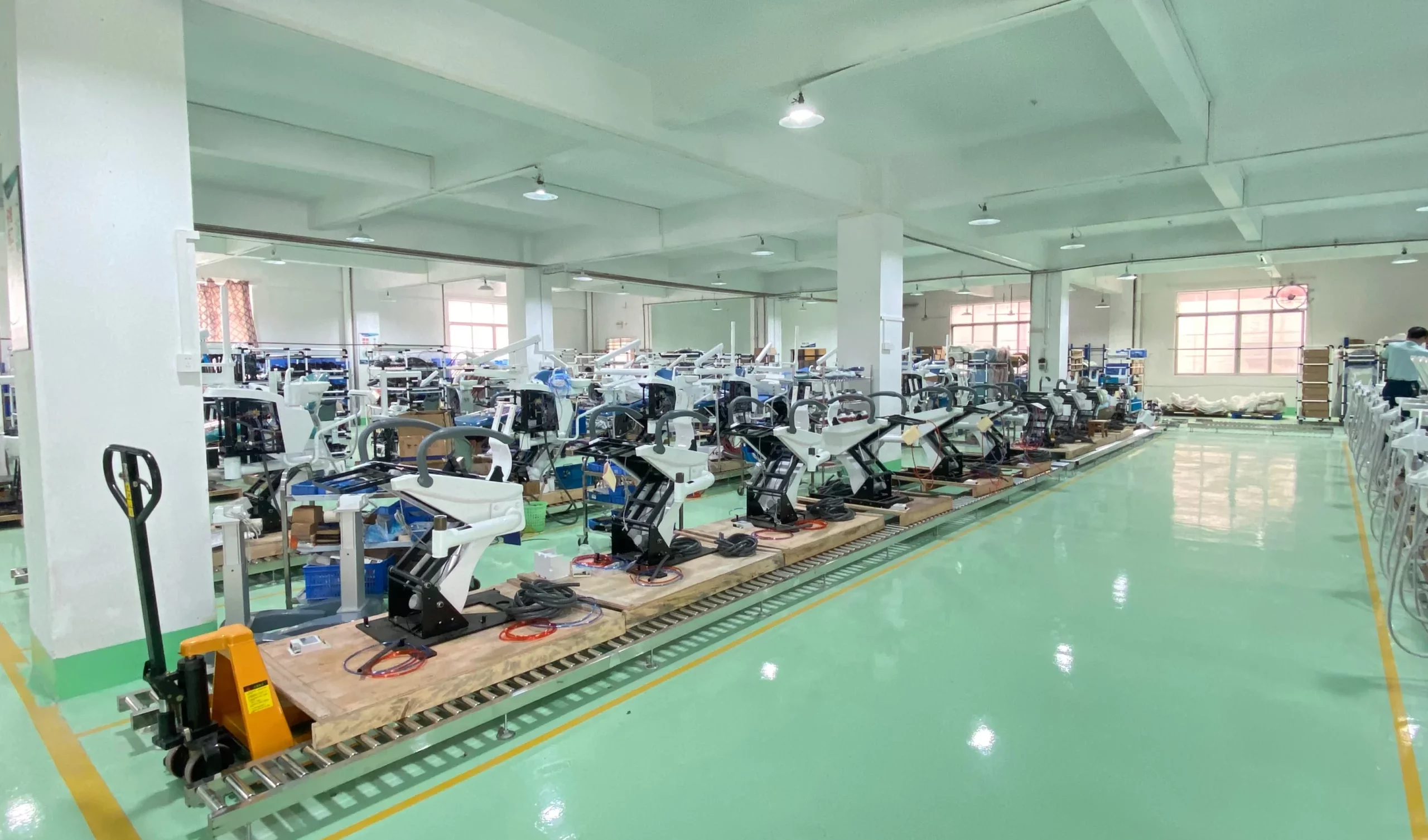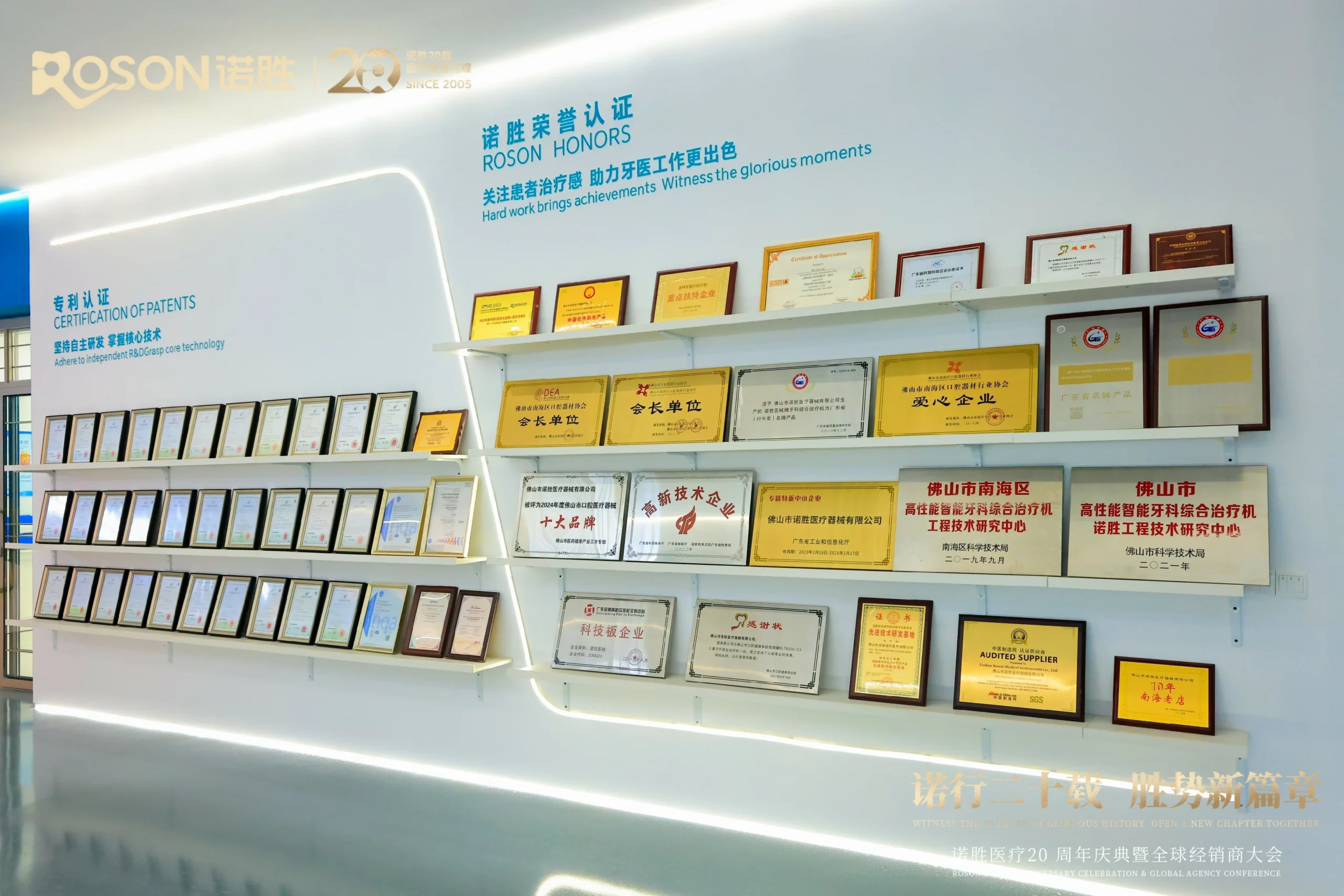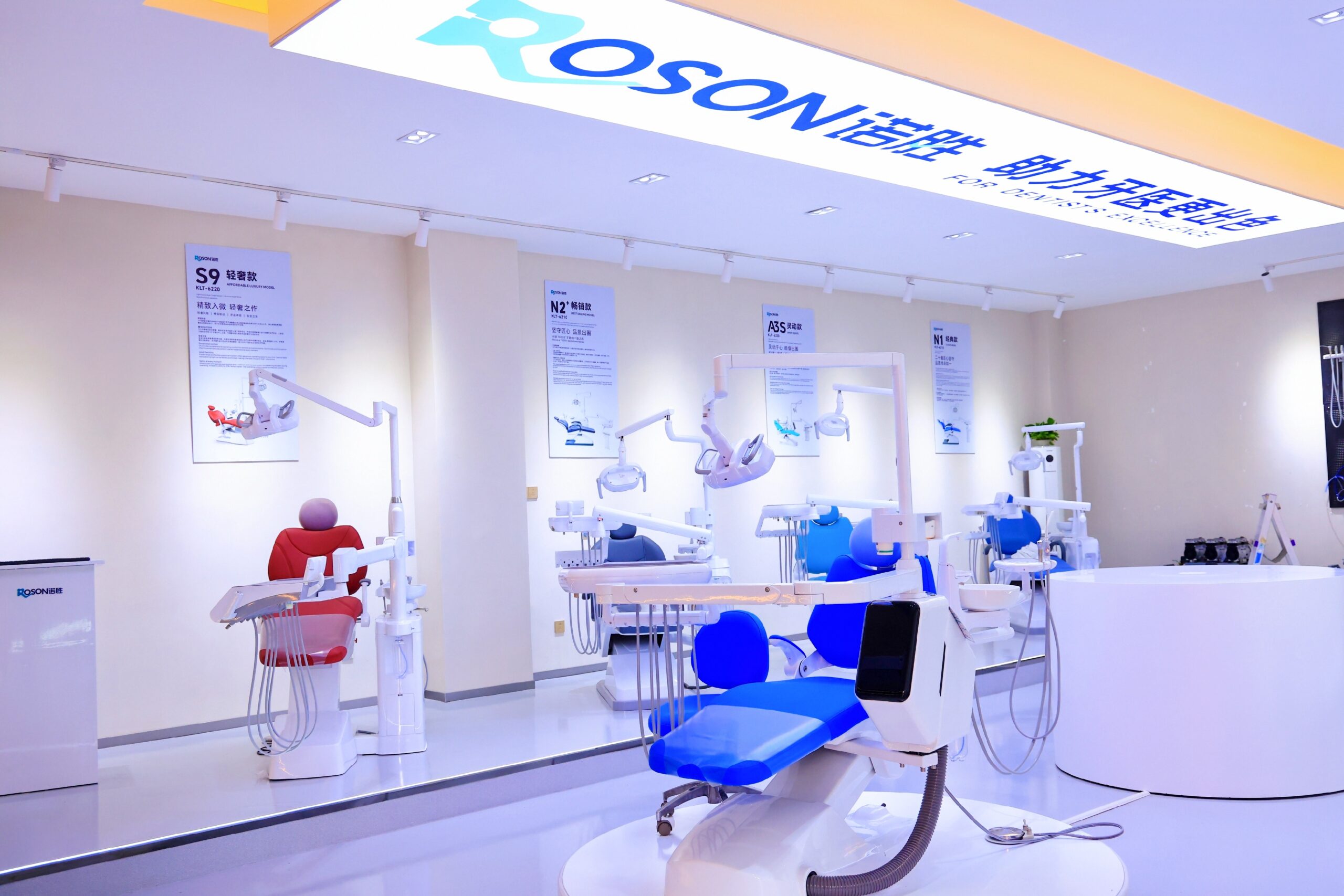What Is A Portable Dental Suction Unit?
Portable Dental Suction Unit is a device that is used for the purpose of removing excess saliva, and other materials from the mouth through a cannula. It is used by dentists to clear their patients’ mouths during dental surgeries, especially when there are many small tools in the mouth, which makes it hard for them to see clearly.
The Portable Dental Suction Unit can be quite useful in any kind of surgery involving oral cavities or other areas of the body where fluid build-up could cause complications for patients and surgeons alike. However, its main purpose is for use during surgery on teeth – particularly those that involve root canal treatment or other procedures involving tissue removal around teeth roots or gums.
Here are some of its features:
1. Portable vs. Non-portable
Most dental suction units are portable, but some are not. If you want a completely portable unit, look for one that has a rechargeable battery and a battery life of at least 45 minutes. You can also look for one with a battery power indicator so you know when it’s time to plug in or charge up again.
2. Power Supply Options
Most Portable Dental Suction Units come with both AC and DC power supplies. Some only have one option, while others have both options available for use in different situations. If your unit only has an AC cord, then it can be used anywhere there’s an outlet nearby that provides 110VAC power (for example, in your office). But if you want to use your suction unit outside of your office or home office space or while travelling, you should choose a model with both types of power cords available. Therefore, you can use the device wherever you go without worrying about finding one.
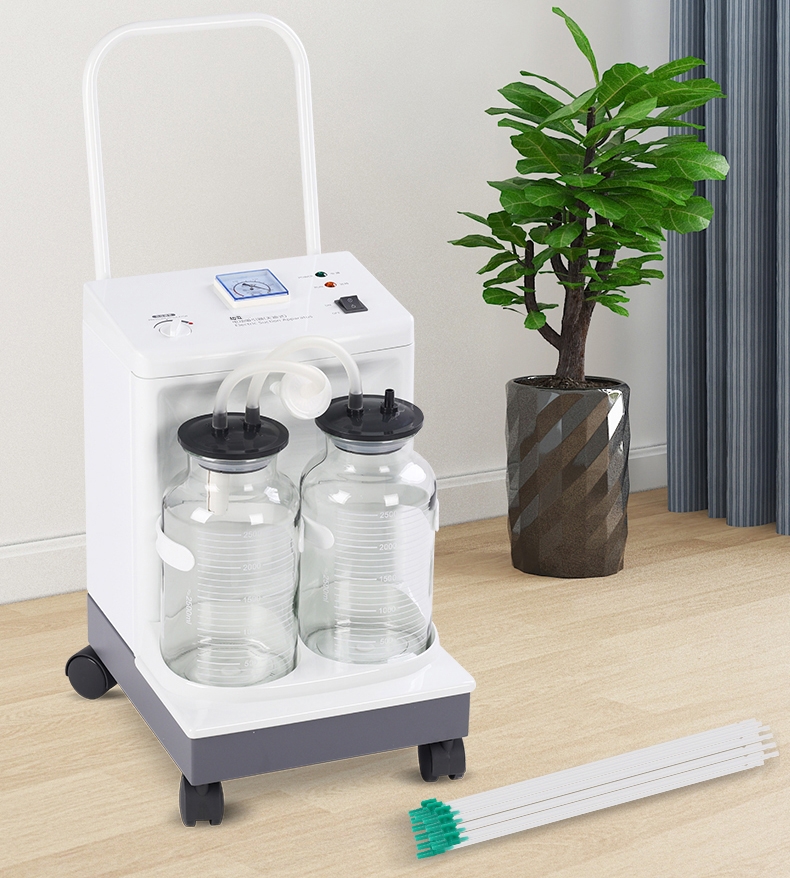
Why Do We Need Portable Dental Suction Units?
Why do we need to have a portable dental inhalation device? The answer is simple: our patients need better treatment services, and at the same time, the dentist needs more convenient tools to help him or her perform dental procedures. So, what it can help the dentist do:
1. Safely remove blood and saliva from the patient’s mouth during surgery;
2. Efficiently collect aerosolized droplets during anesthesia;
3. Provide high-quality oxygen during surgery to ensure sufficient oxygen supply;
4. Collect carbon dioxide (CO2) from exhaled air for feedback control of anesthetic depth;
5. Provide pure oxygen for patients in cases of emergency oxygen supply failure;
6. Collect aerosol by suctioning purulent secretion from wounds;
7. Absorb halogenated volatile anesthetic agents in order to reduce environmental pollution and protect human health.
All in all, it is an essential tool for dentists when performing surgery to make treatment go more smoothly.
The Structure Of The Portable Dental Suction Unit:
The Portable Dental Suction Unit is usually connected to a suction machine that draws out fluids from the patient’s mouth. The suction machine will have a tube attached to it that connects to the patient’s mouth. The tube will have a small opening near its tip which allows fluids to flow into it, but prevents them from flowing back out again. When turned on, this device creates negative pressure inside the tube and sucks fluids through it.
The Portable Dental Suction Unit consists of a suction unit, a control box, a humidifier and an air dryer. The control box controls the operation of the entire system. The humidifier adds moisture to the air to prevent drying of the oral cavity during surgery. The air dryer removes moisture from the air before it reaches the patient’s mouth.
The working principle of this device is based on a vacuum-powered pump that creates negative pressure within the oral cavity in order to draw out any excess fluids or air. It also helps to prevent any bleeding during surgery, because it prevents the loss of blood into the oral cavity and prevents air embolism by removing air bubbles. In addition, it can be used to remove saliva from the mouth before anesthesia and intubation procedures are started.
The Portable Dental Suction Unit should be placed in a sterile field before use, or after being sterilized with ethylene oxide gas (ETO). So that you can use it safely without worrying about getting infected.
The first step in using this type of device is to connect it to an oxygen source via tubing. Once this has been done, the doctor can begin working on the patient’s mouth by introducing water into it. This will help them clear out any debris while they are working on the patient’s mouth. The water will also help keep the patient hydrated during this process as well as prevent them from getting dehydrated if they get sick after their treatment has ended.
Tips For Picking A Good Dental Suction Unit:
There are several characteristics of a Portable Dental Suction Unit that you need to know about before buying one:
1. Dental suction machine capacity:
This is the amount of air that can be expelled from a patient’s mouth in one second. The larger the volume, the more air can be drawn from an area of the mouth at one time.
2. Bags included with your Portable Dental Suction Unit:
Some models come with extra bags while others don’t include any at all. If you buy a model with only one bag, you’ll have to buy more when that one runs out or replace it completely if it gets damaged or dirty.
3. Speed control:
The speed control of the portable dental suction unit that escorts your tooth procedure needs to be adjustable so that it works quickly when needed. but doesn’t put unnecessary stress on the patient’s body parts when not.
Conclusion:
If you choose Roson‘s Portable Dental Suction Unit, you will get a dental suction unit with an oil-free plunger pump. It does not cause oil pollution and has a good waterproof function. When in use, Roson‘s portable inhalation device produces very little noise and is not disturbing. At the same time, you can also choose to use the manual or foot switch to turn on the inhalation device, which is very simple to operate.



